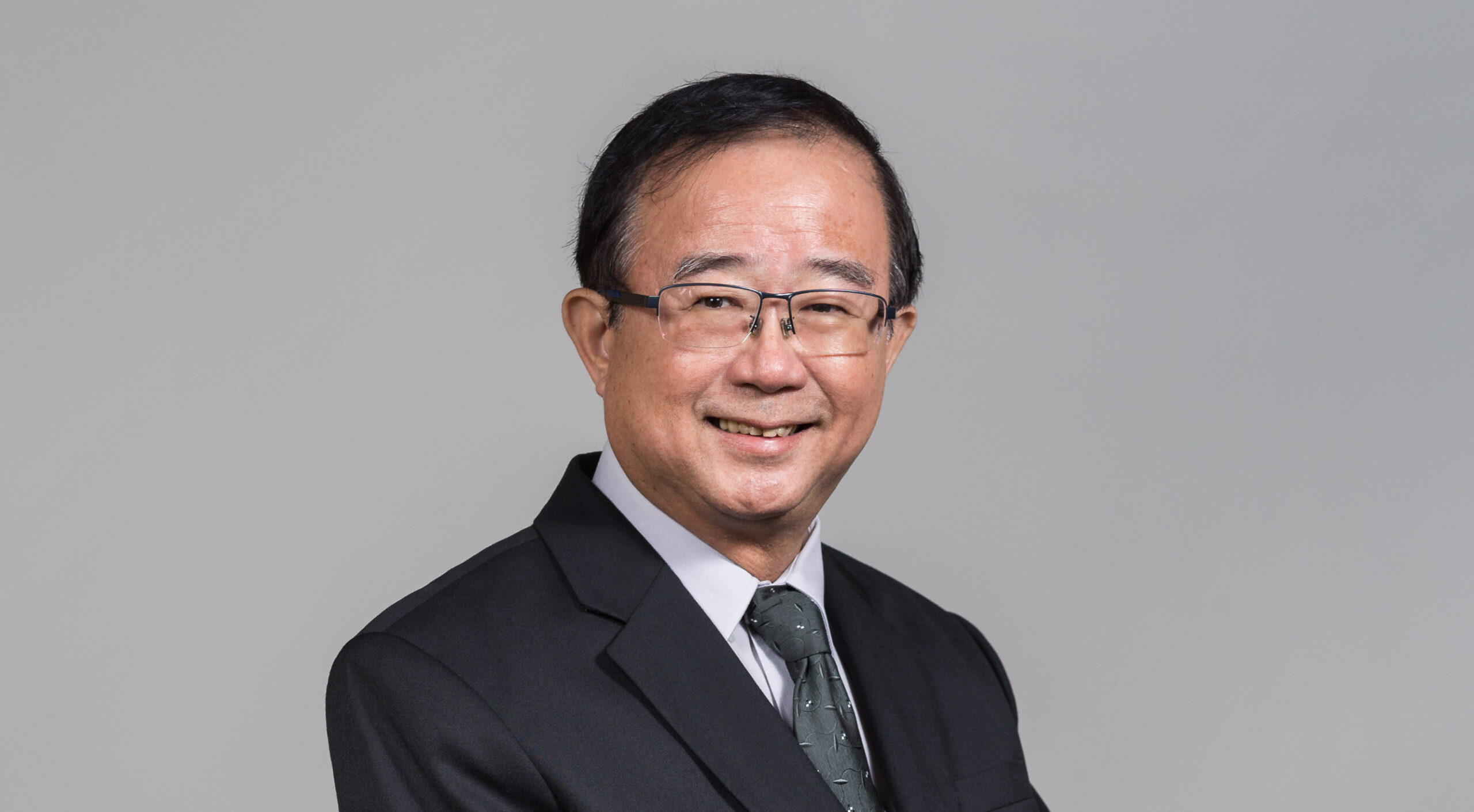
Chief information officers do not normally become celebrities. They are often quiet types who prefer to work behind the scenes. Not so Alex Siow, who rose to public prominence in the 1990s as Singapore’s first CIO.
With a career spanning four decades, Siow is now a professor at the National University of Singapore and adviser to business and technology executives around the world. Speaking from his office in Singapore, Siow told Tech Monitor about his journey to become the first CIO in the city-state and how he helped define the meaning of the role.

‘The answer is yes. What is your question?’
Siow began his career as a civil engineer in the early 1980s at the Housing and Development Board (HDB), Singapore’s public housing authority. A few years into the role, he was asked by his superiors at HDB if he would like to step into IT and take over the running of the computer services department.
“I went with trepidation because I was a civil engineer and although I knew something about computers, I didn’t know about mainframe computers and the sort of old applications that had been there in the organisation,” he says.
Siow saw straight away that the department needed a total makeover. The first thing he did was changing the division’s purpose, renaming it as information services department. A year later, in 1990, he asked his boss for the CIO title: “It was very new at the time. Nobody understood what a chief information officer was.” Employees would sometimes call thinking he was some sort of information helpdesk.
I said no, no, no: we need to be at the top of the management team and we need to strategise together with them.
But Siow recognised that delivering IT-led change would require more than just a name change. He knew he needed a seat on the management committee and to report directly to the CEO, not the director of finance. “I said no, no, no: we need to be at the top of the management team and we need to strategise together with them,” he says.
Siow applied his experience in project and portfolio management to modernise the organisation’s use of data. He centralised all the data in the organisation into a single database and created a data dictionary from which to build applications.
The bigger task was to change the mindset of the department. He did this by establishing two central principles. The first was to establish a customer-centric mindset. “We are not a cost centre, we are a service centre,” Siow told his colleagues. “We treat the user organisation as working partners and together we solve the organisation’s problems and finally service the organisation’s customers.”
The second was to promote a problem-solving mentality. The IT division had been known as the people who say ‘no’ – a common refrain even today. That, Siow says, had to stop.
Instead, he instilled the mantra: “The answer is yes. What is your question?”
“If we can’t give you an immediate solution, we will give you an interim solution, but never let it be known that IT is an obstacle to any progress that you’ll want to make,” Siow says emphatically.
Give everyone a computer
HDB was the first organisation in Singapore to introduce desktop computing, Siow claims. PCs were exorbitantly expensive in 1990 and providing one to all 3,000 office workers was a risky move.
“My CEO nearly killed me,” laughs Siow. He presented the CEO with a few hundred pages of cost analysis which was independently audited. Even after that, the CEO still did not understand why the HDB had to be the first to implement such an innovation: “That’s typical of a lot of CEOs.” Only when Siow accepted the risk of being fired did the CEO have the reassurance he needed.
In the end, Siow’s work at HDB became a case study in computerisation. Siow himself became something of a celebrity, writing a fortnightly newspaper column which forms the basis of his upcoming book, Leading with IT: Lessons from Singapore’s First CIO.
But without any other CIOs in Singapore, where did Siow go for advice? “I didn’t,” Siow laughs. I just applied the methodology of project management office. If you want to manage a portfolio project, you better have a centralised methodology or project management office. So I applied the same concept.”
Siow also surrounds himself with a “cabinet” of and innovators and independent thinkers. He says that constant communication and feedback with peers and customers are essential elements to know what you are doing right and what you are getting wrong. “Cut the hubris to think that you are so good. And always think that something will go wrong.”






